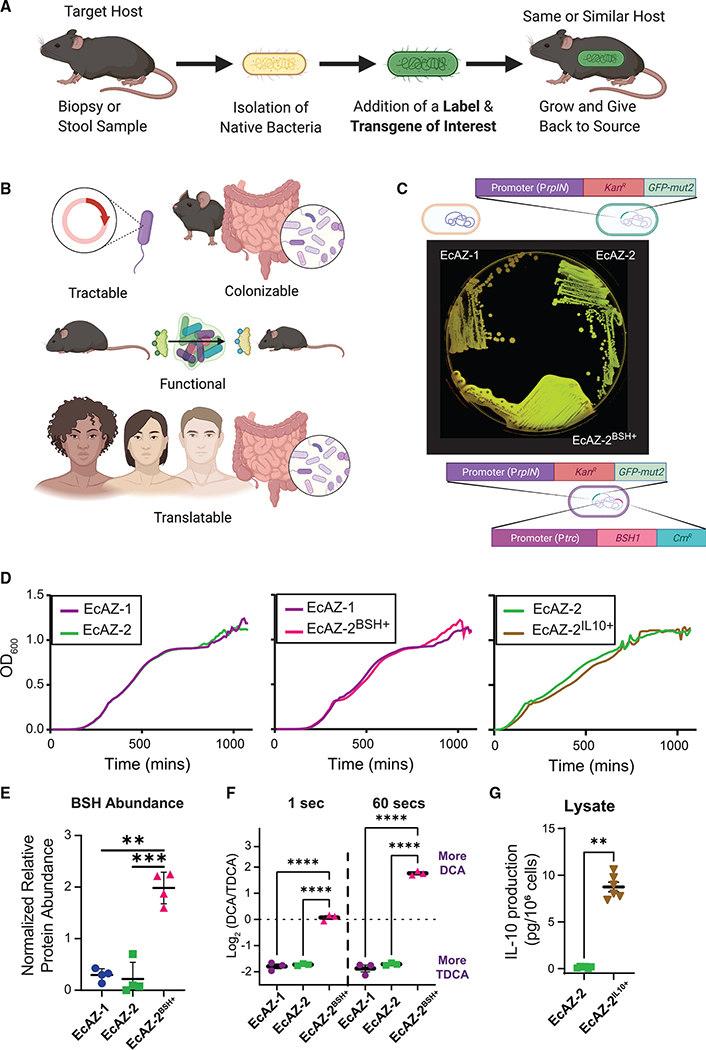Figure 1. Gut native E. coli are genetically tractable and can serve as a chassis for transgene delivery.
(A) Experimental strategy of engineered native bacteria.
(B) Optimal characteristics of a chassis for transgene delivery for a potential LBT.
(C) Original isolate (EcAZ-1), GFP-producing strain (EcAZ-2), and GFP- and BSH-producing strain (EcAZ-2BSH+) plated on LB containing TDCA. Precipitate around EcAZ-2BSH+ is the result of TDCA deconjugated by the bacteria to DCA and qualitatively indicates enzyme functionality.
(D) Growth curve of EcAZ-2 compared with EcAZ-1, EcAZ-2BSH+ compared with EcAZ-1, and EcAZ-2IL10+ compared with EcAZ-2. The line represents an average of three measurements per strain.
(E) Proteomic analysis shows increased BSH protein expression in EcAZ-2BSH+ compared with EcAZ-1 and EcAZ-2 (n = 4).
(F) Log2 ratio of DCA to TDCA in a timed enzymatic assay (n = 3; see Figure S1G for raw values).
(G) IL-10 levels detected with ELISA from cell lysates (n = 6).
The marker covers some error bars in (F) and (G). Given the low number of samples for (E) and (F), we used a Student’s t test after the confirmation of normality with Q-Q plot. We used a Mann-Whitney U test for (G). (A) and (B) were created with BioRender.com.
See also Figure S1.

